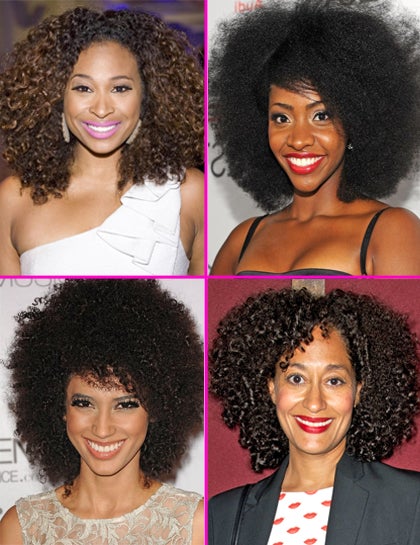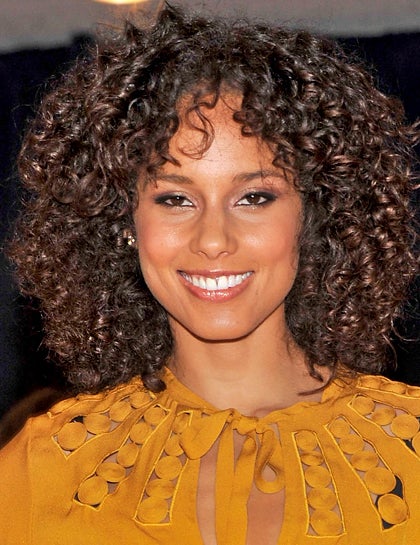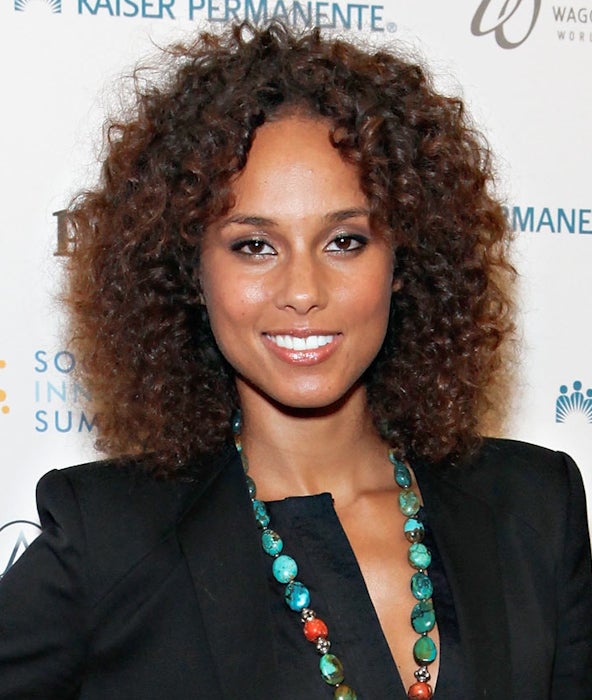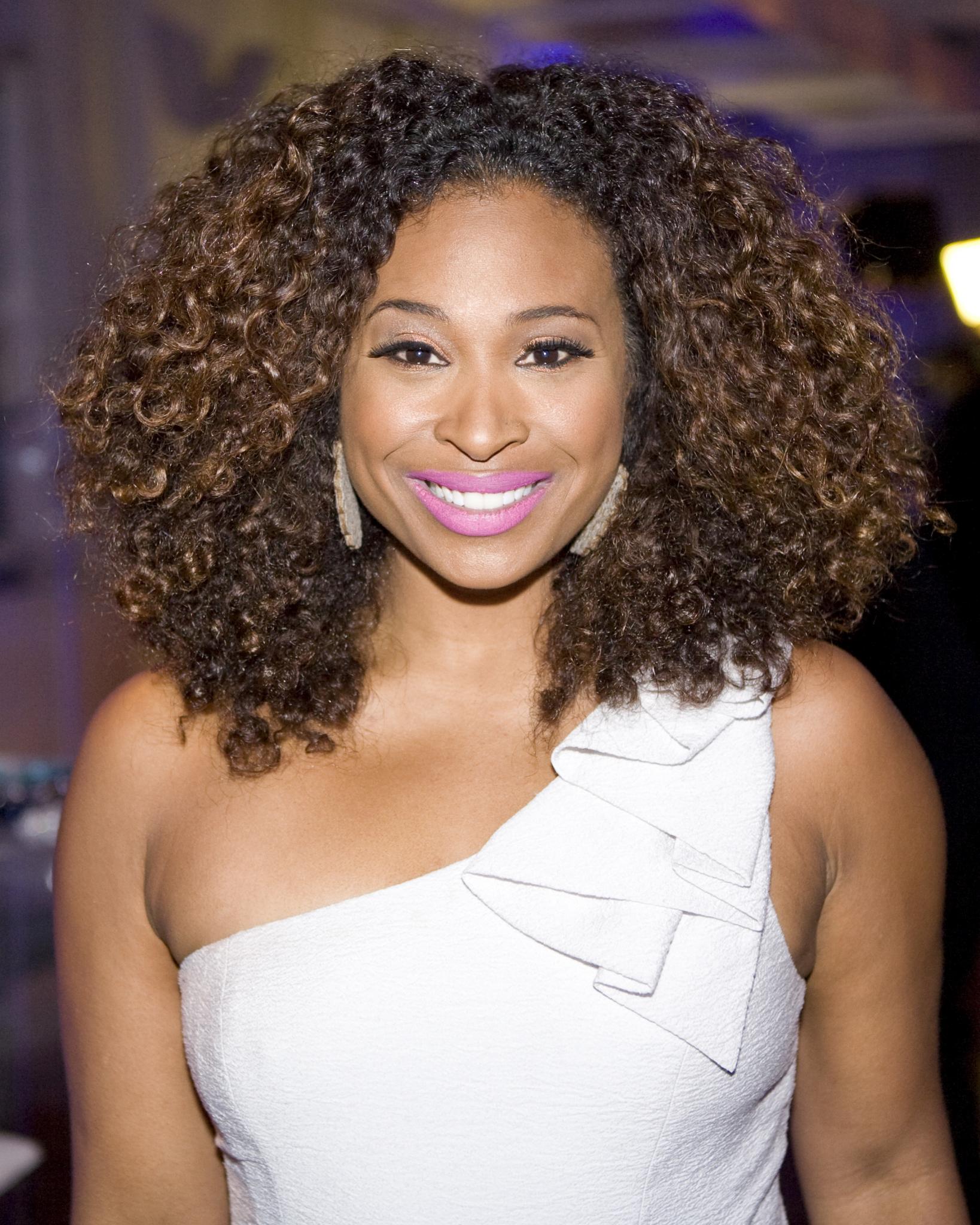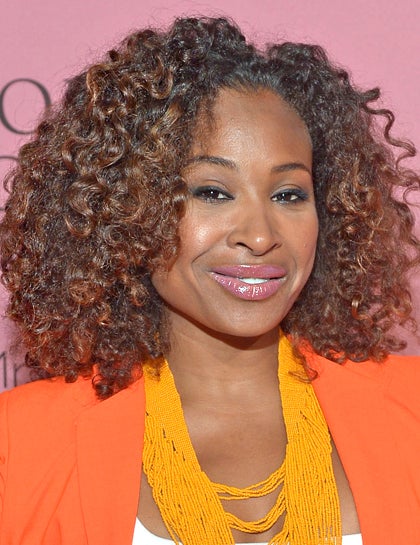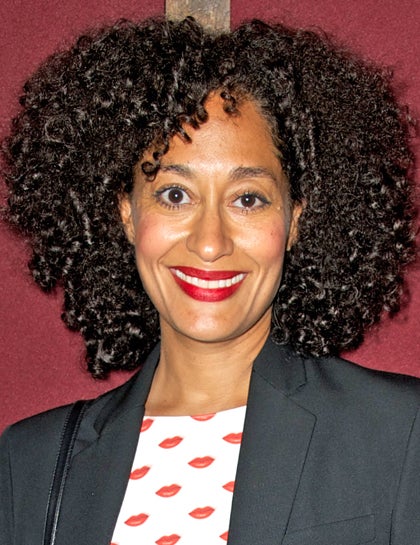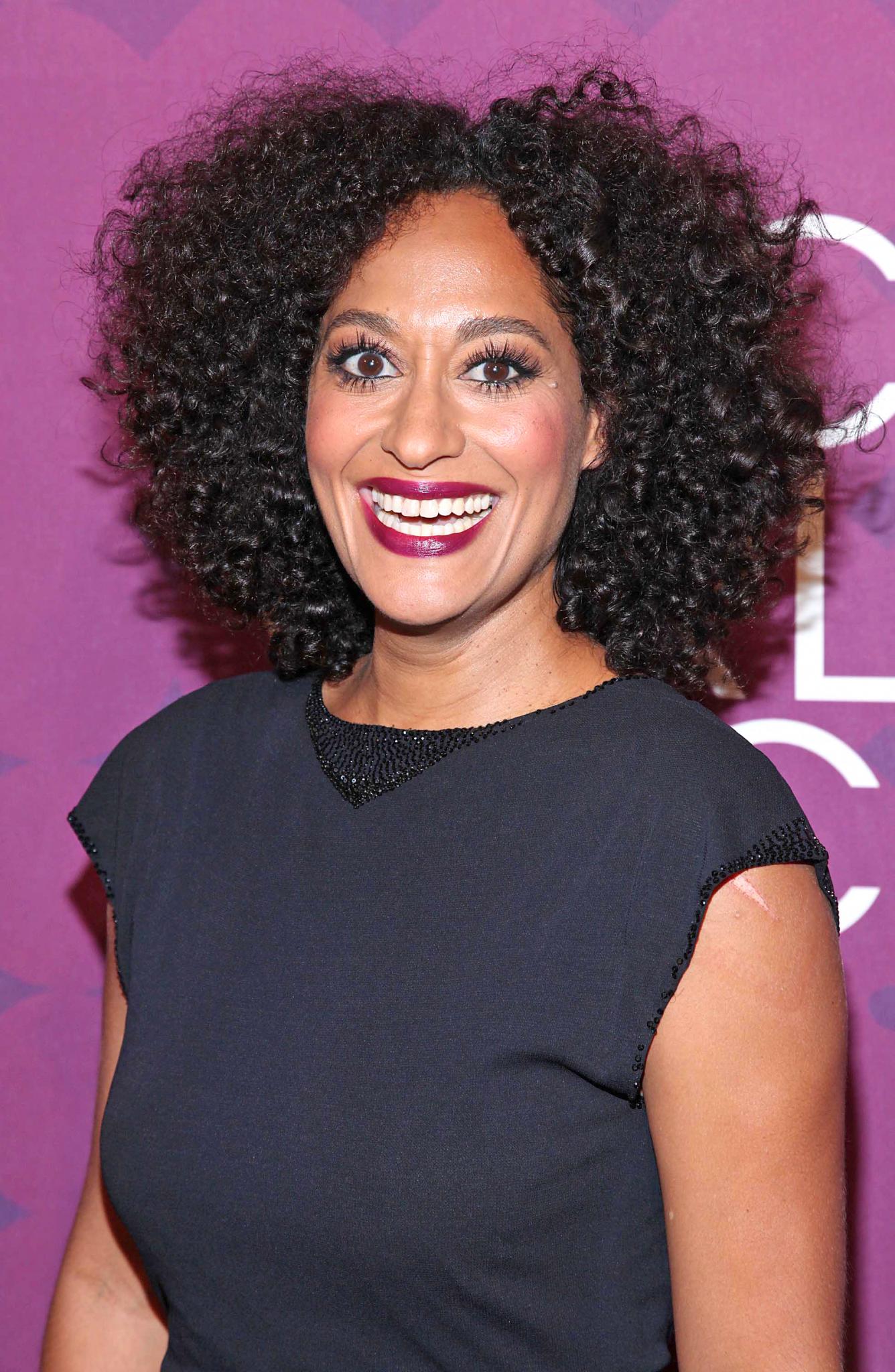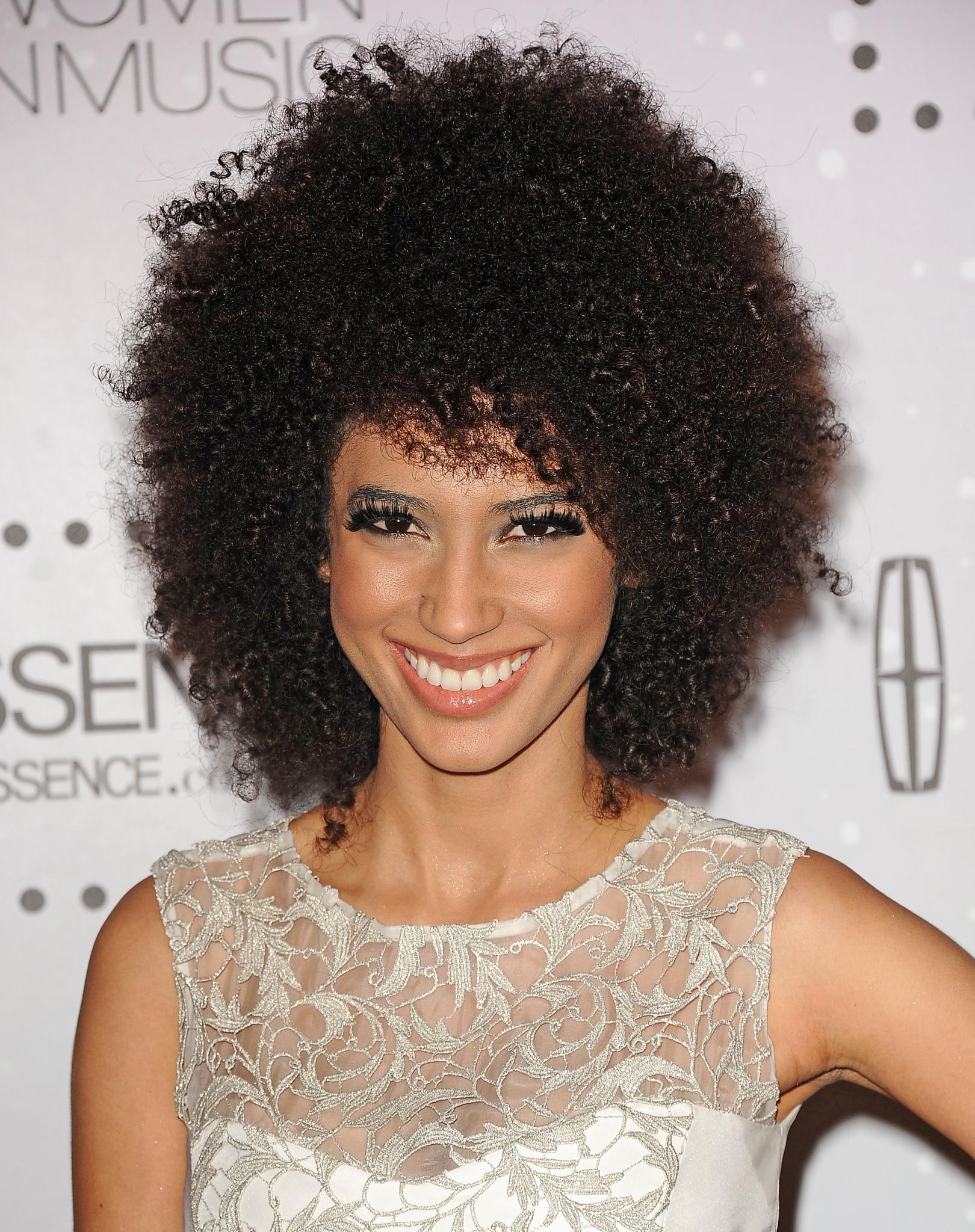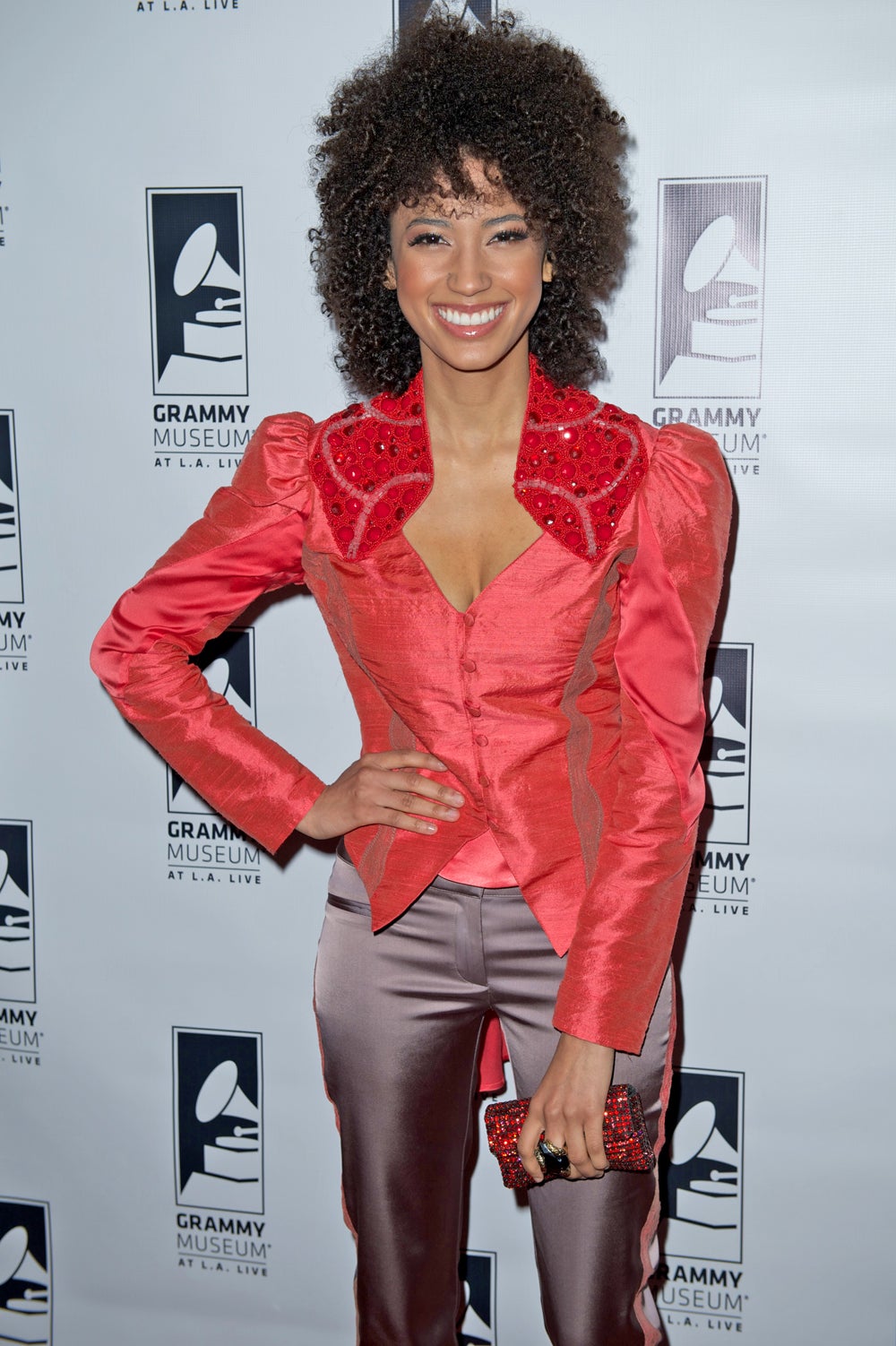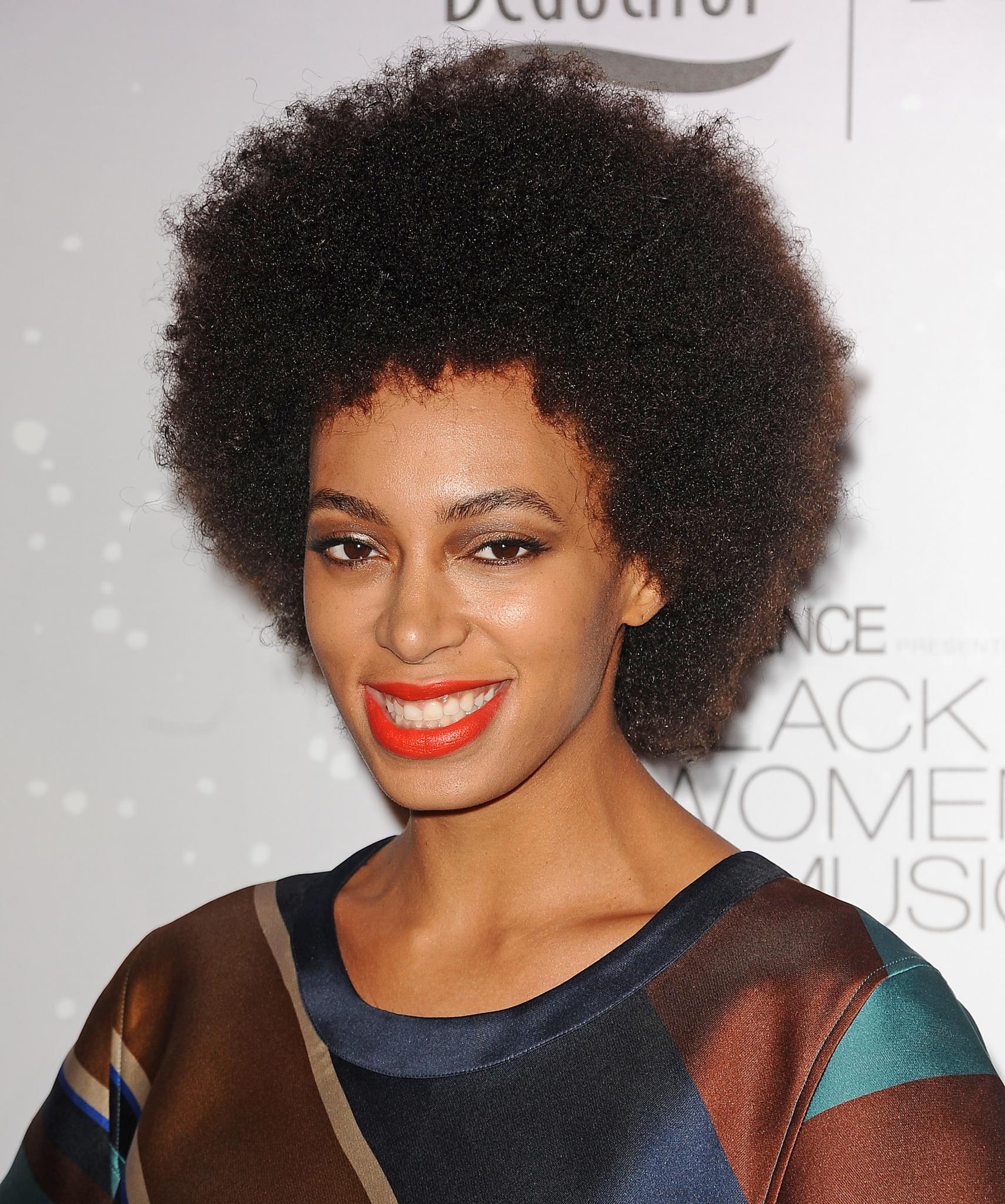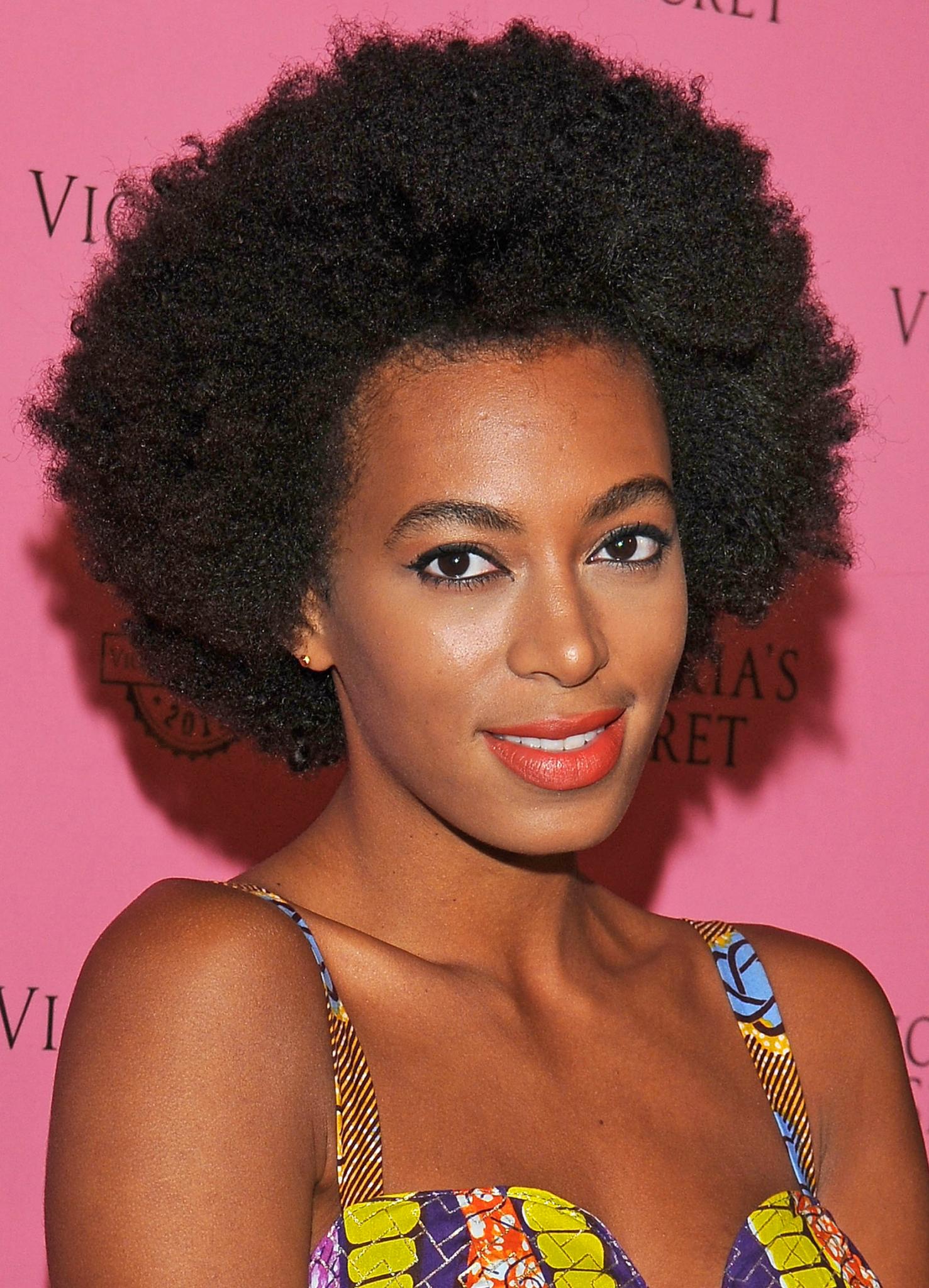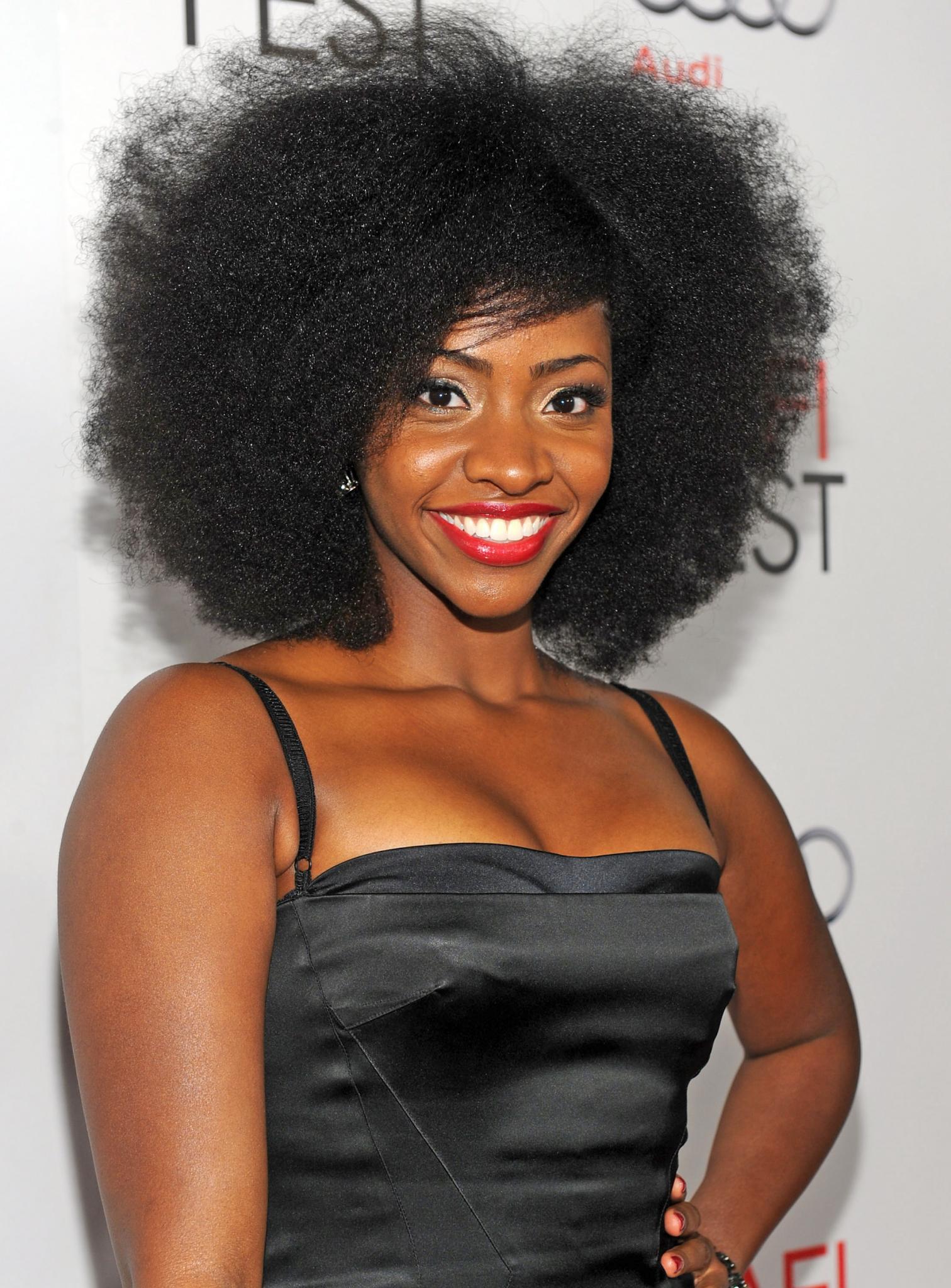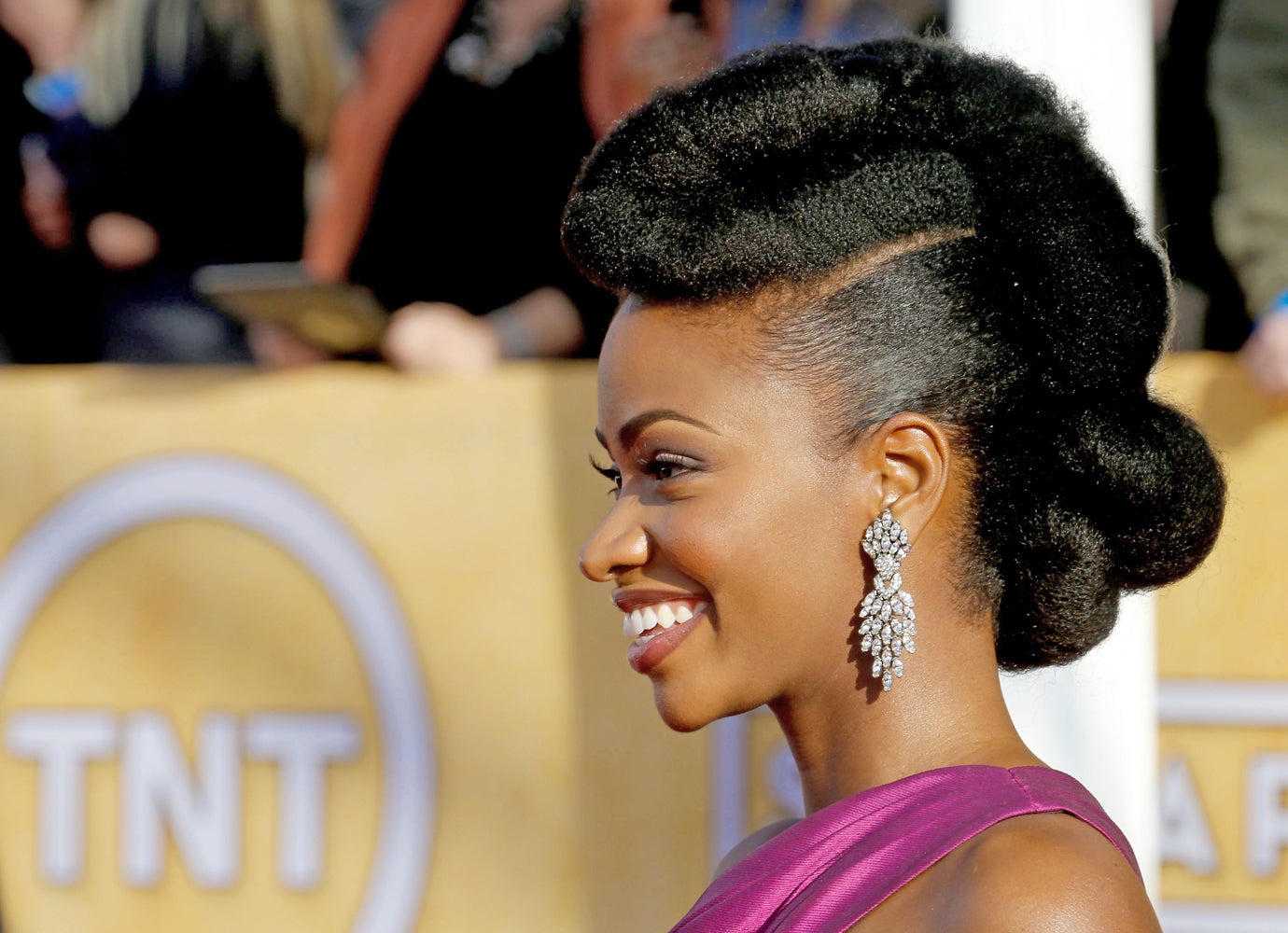The hair typing system was created by stylist Andre Walker to help decode the various curly textures most common among women with wavy and curly hair. The system can be helpful for women who are seeking to find regimens and products for their specific texture since several hair care brands, stylists and bloggers have implemented the system into their everyday curl-lingo and branding.
Type 3 hair has a curl pattern with clearly defined spiral curls when the hair is wet. The hair tends to be springy and achieves natural, springy ringlets with wash-and-go’s. The loose curls of type 3 hair can either be as wide as a jumbo marker to as thin as a pencil. Larger curl sizes are most frequently identified as type 3A and 3B, while smaller curls are called 3C.
Shampooing type 3 hair with a gentle, sulfate-free shampoo is highly recommended. Your hair dries out very easily, so it’s important to use moisturizing conditioners after each wash. Since your curl is naturally looser, heavy creams and butters tend to weigh the hair down and make it feel greasy. Instead, opt for lighter moisturizers with a serum-like formula to help maintain hydrated hair and shine.
When wearing wash-and-go’s, type 3 curly girls may experience frizz. This can be avoided by “plopping” the hair after you wash. Plopping is using a T-shirt instead of a towel to dry the hair which reduces friction because of the finer T-shirt fabric. You can also use a diffuser to help dry your hair and add a bit of volume.
Finger detangling is another secret that type 3 curly girls swear by. Instead of using a wide-tooth comb to detangle your hair with conditioner, try using just your fingers. This practice has been said to reduce the amount of breakage that can occur when combing the hair with plastic combs.
Type 4 curls are kinky, coily and tight. The curls are not defined when the hair is wet, and when the hair dries, it has a lot of shrinkage and a thick, fluffy feel. The tight coils of type 4 hair can either have an “S” or a “Z” curl pattern. “S” curls are most frequently identified as type 4A whereas “Z” curls are called type 4B and 4C.
Type 4 hair has fewer cuticle layers than any other hair texture, thus it has less natural protection from damage caused by excessive heat styling, too-tight styles and dryness. The key to maintaining healthy type 4 hair is moisture, moisture, and more moisture! Type 4 hair has been known to “drink” up moisturizer and responds well to sealing in moisture with oils, such as coconut and jojoba, and shea butter.
Type 4 hair must be handled with extreme care since your individual hair strands are often thin and therefore delicate. When washing your hair, look for moisturizing, sulfate-free shampoos or products specifically designed as co-washes to cleanse the hair. Deep conditioners are a must for maintaining moisture and occasional protein treatments can help strengthen fine strands.
Products for type 4 hair should be highly moisturizing and provide “slip” to the hair, meaning they help the hair stay detangled. When handling your hair, be sure to do in sections. Since your hair is very dense, detangling and styling section-by-section with a wide-tooth comb will make your hair easier to manage.
Twist-outs, braid-outs and updos work well on type 4 hair since it is more pliable and tends to hold styles more readily than looser curl types. Many women with type 4 hair also enjoy wearing protective styles, which are styles that conceal the ends of the hair in order to prevent breakage and aid in length retention. Protective styles include mini-twists, pompadours and any low-manipulation style that keeps the hair moisturized and tucked away.
